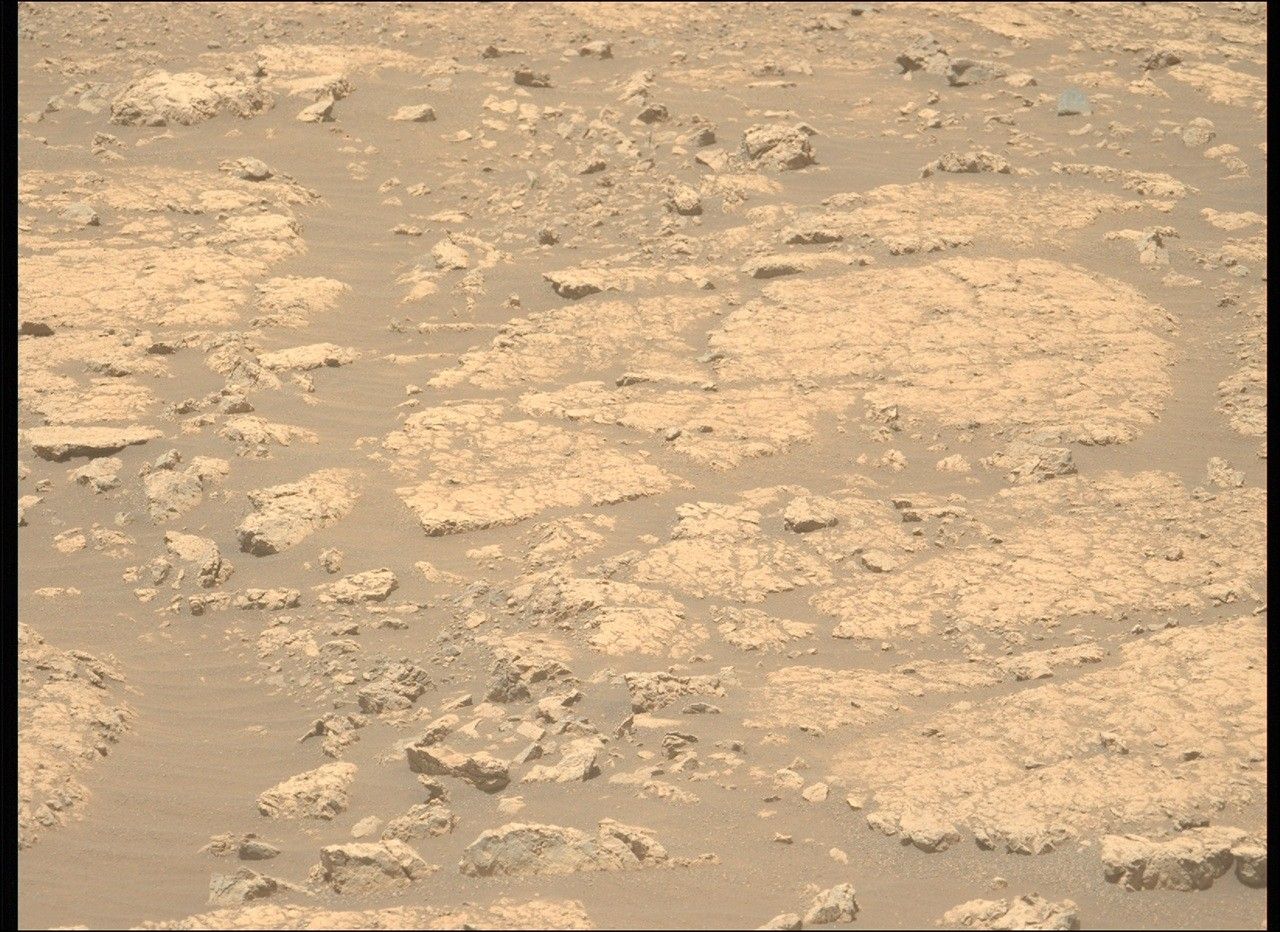

There are several grave environmental and civil problems with Starlink and other proposed massive constellations:
- The threat to the ozone layer (when these low-orbiting sats start re-entering en masse in the next few years, we’re going to have more aluminum in the upper atmosphere than ever before - a known problem)
- Overcrowding of LEO - the choicest orbital space over this planet is finite. Satellites in low orbit have tremendous kinetic energy and do not (cannot) fly in formation, as they spread out vertically; not that Starlink is designed to. Kessler Syndrome catastrophe or not, the risk of collisions is increasing rapidly. As some researchers have put it, LEO is the “Wild West” right now, and it definitely needs to be regulated by international treaty.
- Light and radio pollution - aside from exacerbating the accelerating ecological damage from light pollution, this extends even to orbiting assets like the Hubble Telescope, which is already seeing interference from Starlink sats. I don’t see why SpaceX or any corporation, let alone nation, deserves to monopolize any part of the global environment this way. Astronomy and upper atmosphere research don’t need to justify their existence, particularly not in this situation… and yes, stargazers on this planet deserve the right to a “clean” night sky.
- Corporate squatting - Starlink is approaching the point of outnumbering all other extant satellites from all other nations, since the start of the space age, combined. Why do they get to crowd everyone else out?
- Vulnerability to the space environment - when the Sun acts up, Starlink sats have been disabled before, and in numbers. This is a threat to satellites in general (obviously), many of which are not shielded properly, but launching bunches of these satellites at once increases the threat sharply. I’m sure you’d agree that orbital debris is not something we should take lightly.
I could go on, but I trust you get the point. I don’t object to temporary small-scale deployments of satellite groups during catastrophes, but we simply don’t need the permanent deployment of tens of thousands of satellites that the US, Europe and China intend to launch for global internet coverage - that can be almost entirely achieved from the ground.






This really is a striking and beautiful image. Those mid-afternoon clouds should continue to be a feature for a while, at least 'til mid-summer proper, a few weeks from now. I wonder if they persist until sunset. I’m all for a geology focus on this mission, but I admit it would be nice to take movies of the horizon in this tropical cloudy season. We’d catch a lot of dust devils, too, like the one in the upper left!
I’m also not sure I remember seeing such a sharp transition from bright to dark tracks like trailing off into the distance like this before. A lot to contemplate here…